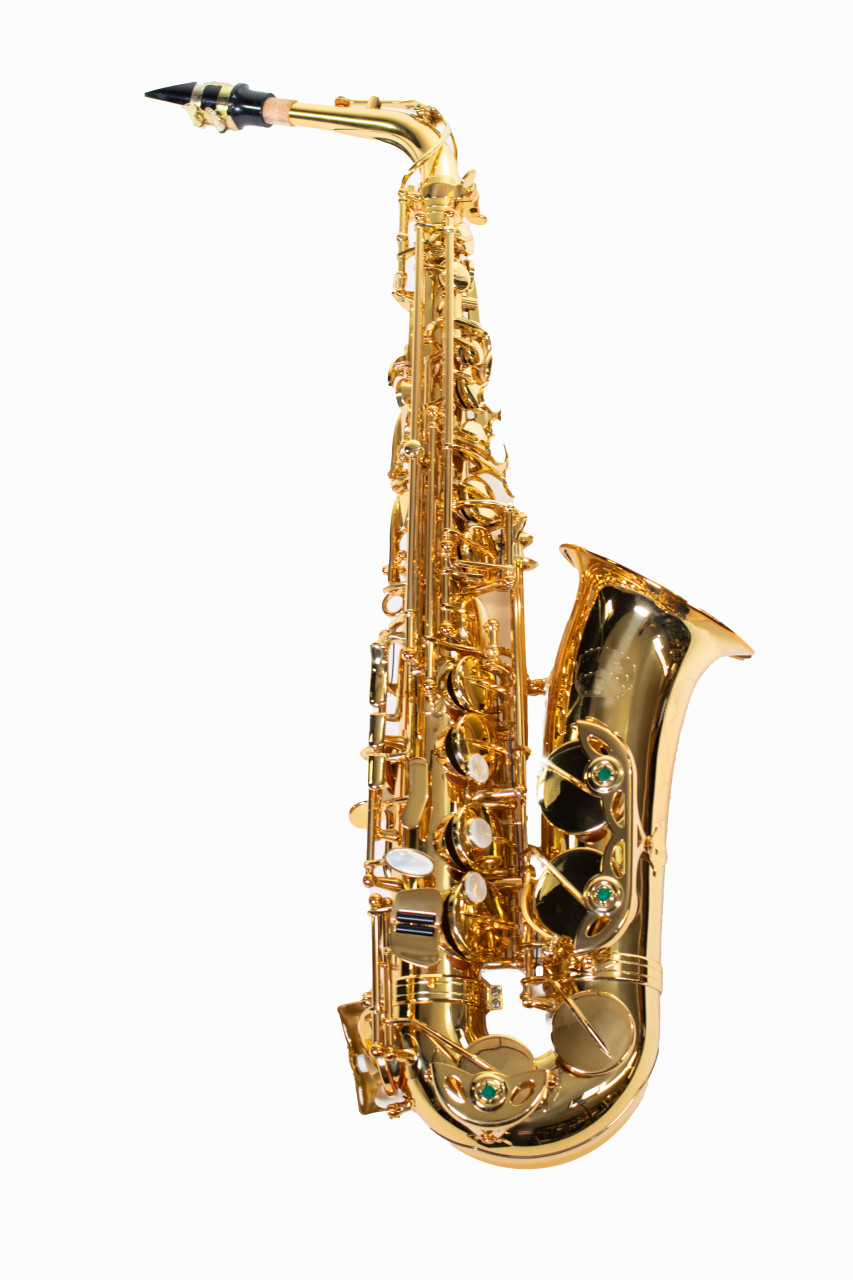The Anatomy of a Saxophone (5/1/2024)
The saxophone, renowned for its soulful melodies and expressive range, is a captivating member of the woodwind family. Comprising four fundamental parts—the neck, the body, the U-shaped bow, and the round, flared bell—the saxophone boasts a distinctive design. Along its length, the instrument features 25 tone holes, each contributing to its rich, resonant sound. Let's explore the intricate anatomy of this iconic instrument and unravel the purpose of each component.
 |
The Bell: At the base of the saxophone lies the bell, a round, flared structure that amplifies the instrument's sound. Crafted to project sound waves outward, the bell plays a pivotal role in shaping the saxophone's unique timbre and projection. The Body: The main body of the saxophone houses the majority of its mechanisms and tone holes. On the back of the body, you'll find the neck strap ring, which provides support for the instrument. Most saxophonists utilize a neck strap to alleviate the weight of the saxophone during performances, ensuring comfort and stability. The Bow: Connecting the body to the bell is the U-shaped bow, a curved section that adds to the saxophone's distinctive appearance. The bow also contributes to the instrument's overall resonance and projection, facilitating the smooth flow of air through its length. The Keyguard: Protecting the delicate mechanisms of the saxophone's keys is the keyguard, a metal casing that shields them from damage. This essential component ensures the smooth operation of the keys, allowing for precise control over the instrument's pitch and tone. The Keys and Pads: Adorning the body of the saxophone are an array of keys, each responsible for producing specific notes when pressed. Beneath these keys lie soft pads, which create an airtight seal when engaged, ensuring optimal airflow and resonance. Regular maintenance of these pads is crucial to preserve the saxophone's performance quality. The Mouthpiece & Ligature: At the top of the saxophone, the mouthpiece serves as the interface between the player and the instrument. Secured in place by a ligature, the mouthpiece plays a crucial role in shaping the saxophone's sound. By selecting the appropriate mouthpiece and ligature combination, musicians can achieve their desired tone and articulation. The Neck: The neck of the saxophone connects the mouthpiece to the body, allowing air to flow through the instrument. Secured by a neck screw and fitted with a cork, the neck plays a vital role in maintaining the saxophone's structural integrity and facilitating smooth transitions between notes. The Octave Key: Situated near the top of the saxophone's body, the octave key enables players to extend the instrument's range by an octave. By engaging this key, musicians can produce higher notes with ease, unlocking a broader spectrum of musical possibilities. |

